09:12, 10/07/2024
With its mysterious historical origins and ancient architectural style, considered the original form of Mong - Southern Chinese architectural fusion, the Ha Sung ancient house, located 24 kilometres from Lung Cu Flagpole and less than 3 kilometres from the Vuong Family’s mansion, certainly arouses curiosity among travel enthusiasts and explorers.
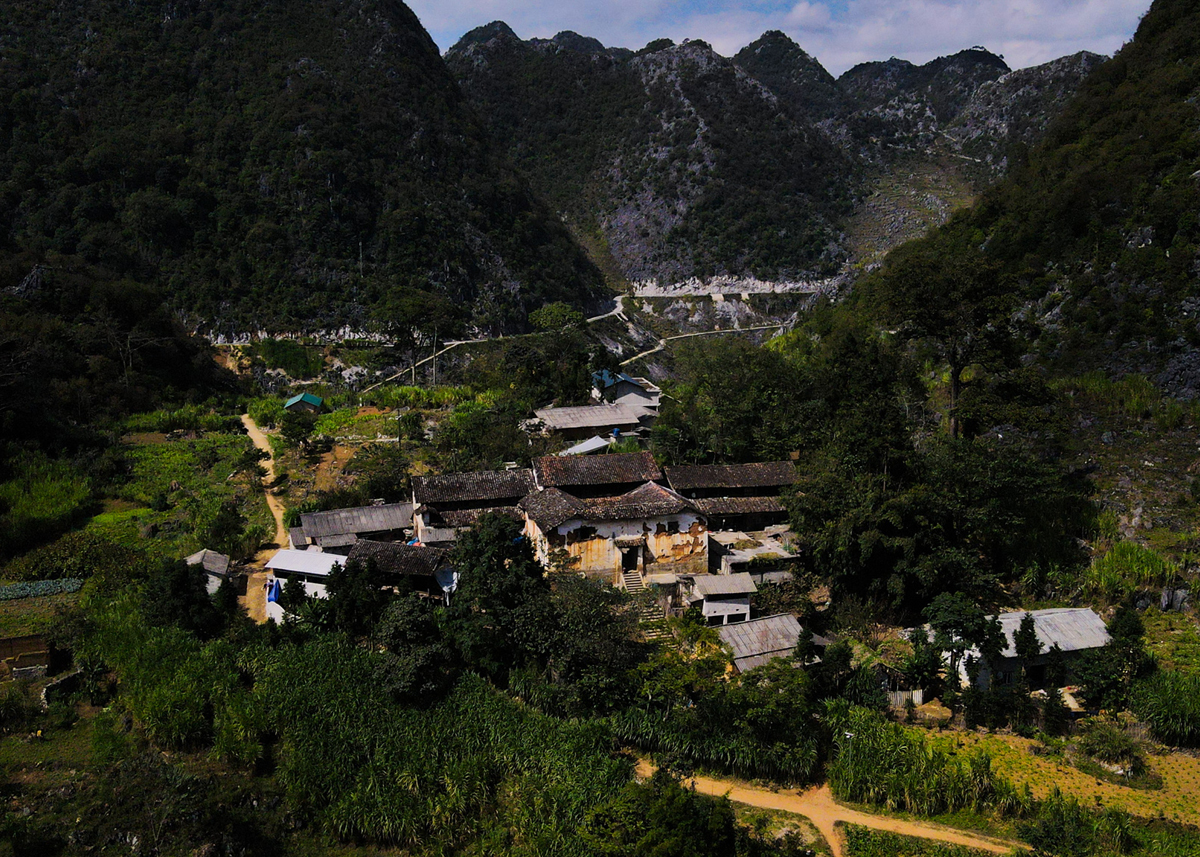 |
| Owned by the Vu Family, the over 100-year-old house lies hidden behind a mountain in a secluded valley in Ha Sung Village, Lung Tao Commune. The structure boasts grand architecture distinct from all others in the locality. |
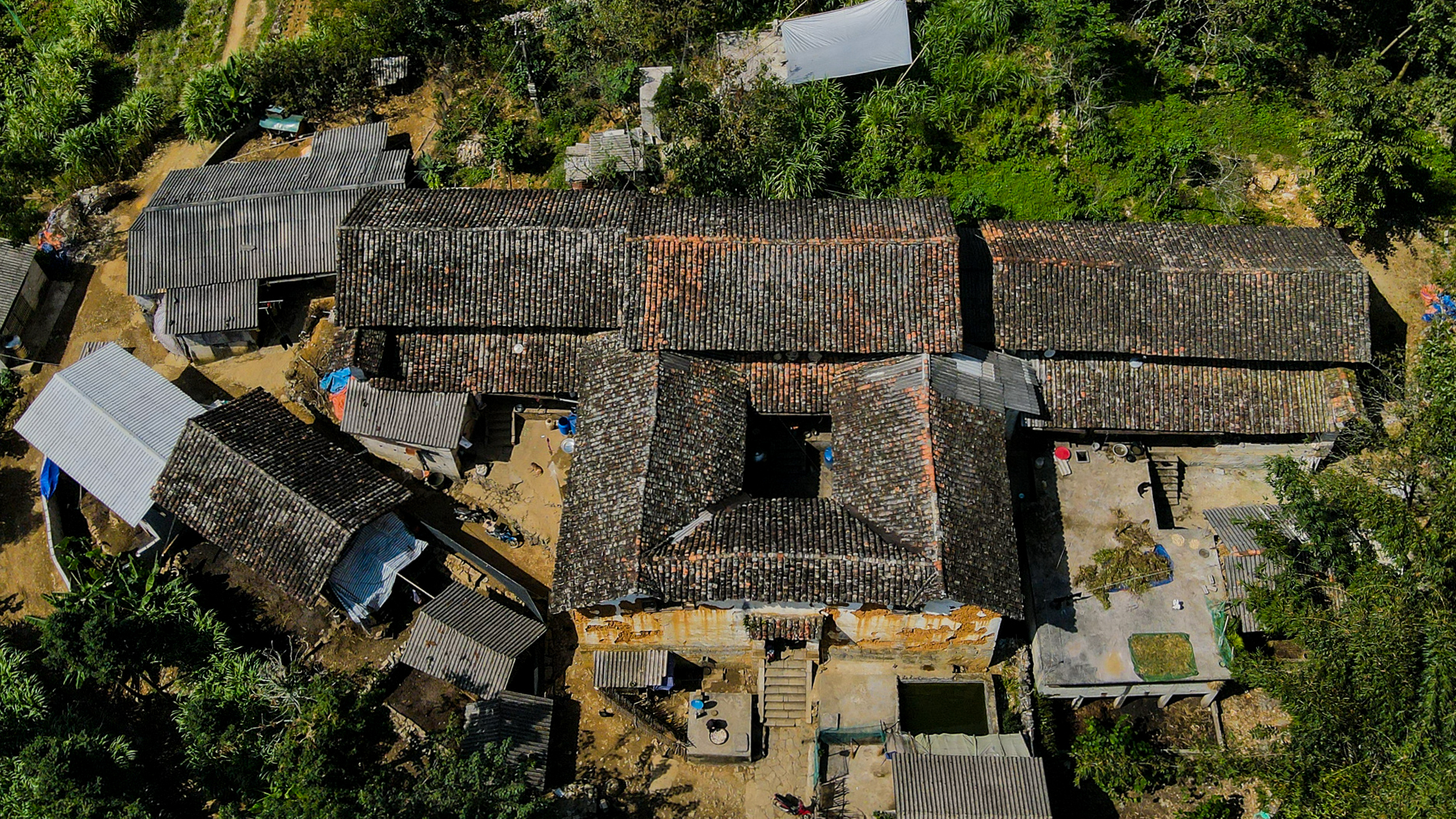 |
| The house's design consists of three interconnected large blocks, with the two side blocks receding horizontally, while the main central one protrudes forward. According to the locals, the house resembles the shape of an eagle spreading its wings. |
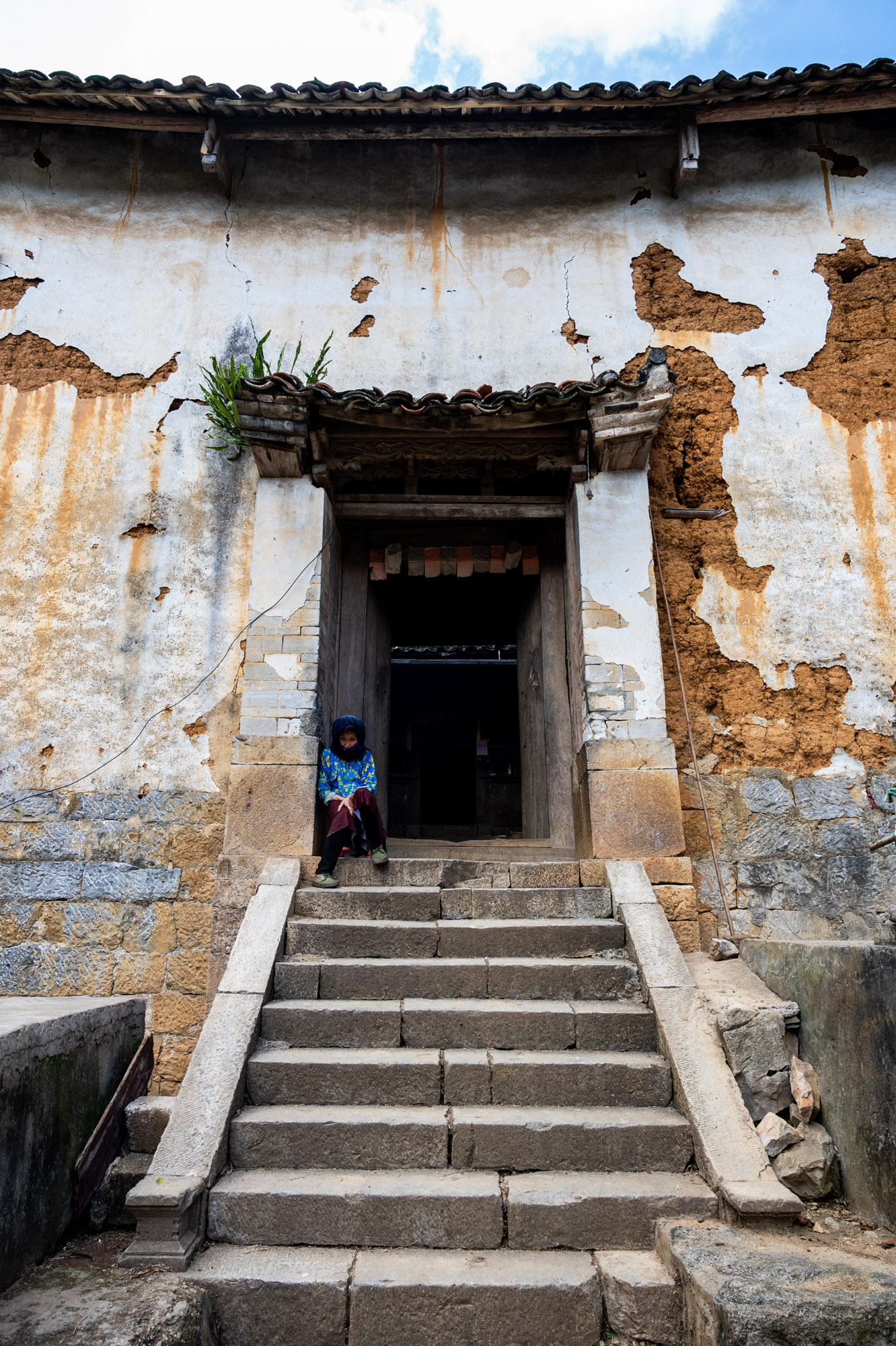 |
| Stone stairs stretch up to the main entrance. Two large square stone blocks were intricately carved, with beautiful patterns at the base of the gate pillars. The main door is made of wood with high door lintels, which is a familiar architectural feature of Mong ethnic people. |
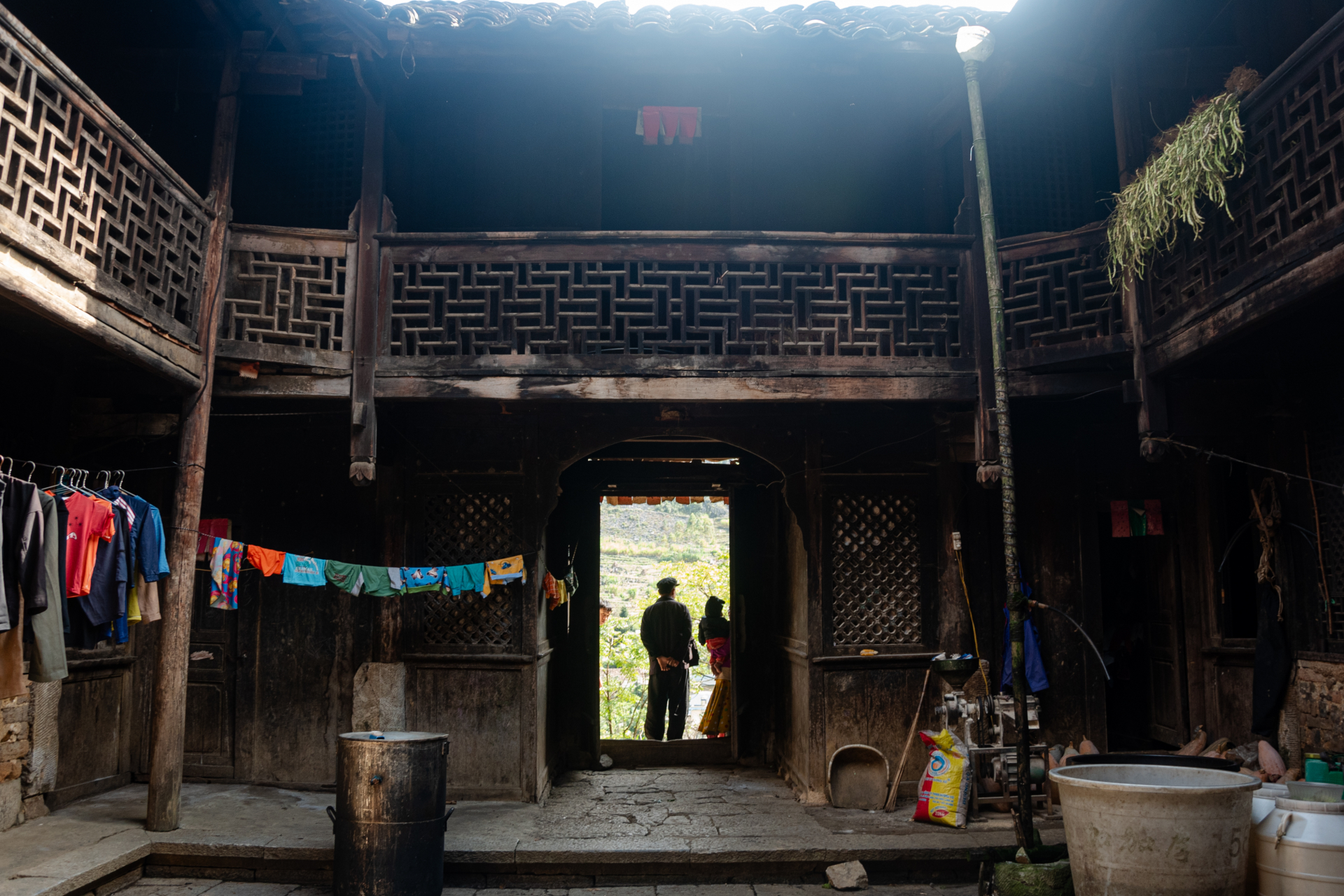 |
| The house is surrounded on all sides by mezzanine floors, with wooden floor-style structures, and both balconies and columns made of precious wood. According to some collected documents, the Vu Family’s house and the Vuong Family’s Palace were constructed by a group of craftsmen hired from South China, so the architecture bears similarities. |
 |
| There is an atrium called a “sky well” in the middle of the house, surrounded by guest rooms, bedrooms, and a kitchen. The four households of the Vu Family (now in the eighth generation) still maintain their daily activities. |
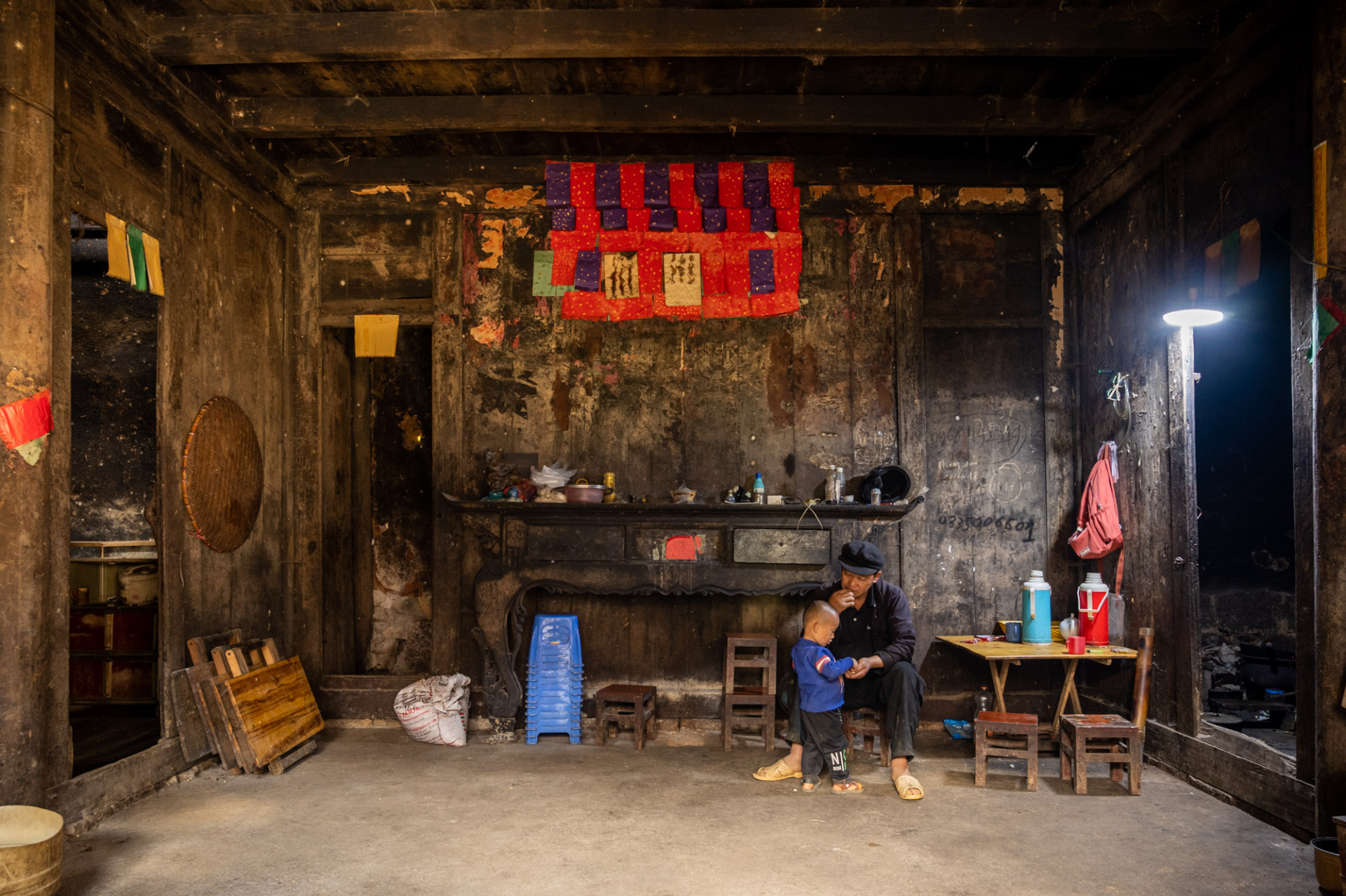 |
| The guest reception room in the centre of the house contains an ancestral altar, with table legs shaped like goat hooves, dark black, and filled with accumulated dust. |
 |
| Currently, the second floor is utilised as a food storage area. |
 |
| The entire house is covered with moss-covered yin and yang tiled roofs. Its intricate decorative details feature floral motifs and anthurium fruits adorn every corner. Wooden rafters, the stone base of the columns, and window carvings bear the distinctive floral patterns of the aristocracy of that era. |
 |
| A crescent-shaped bathtub with goat milk was crafted from a single block of stone, weighing hundreds of kilogrammes. |
 |
| Vu Sua Bu (80) said the hundred-year-old house has never undergone renovations or repairs. Many parts of the house have been deteriorating significantly. Some rooms have been abandoned due to their dilapidated condition. The front of the house bears the marks of time as the old lime paint has peeled off, leaving deep scars. |
HA AN












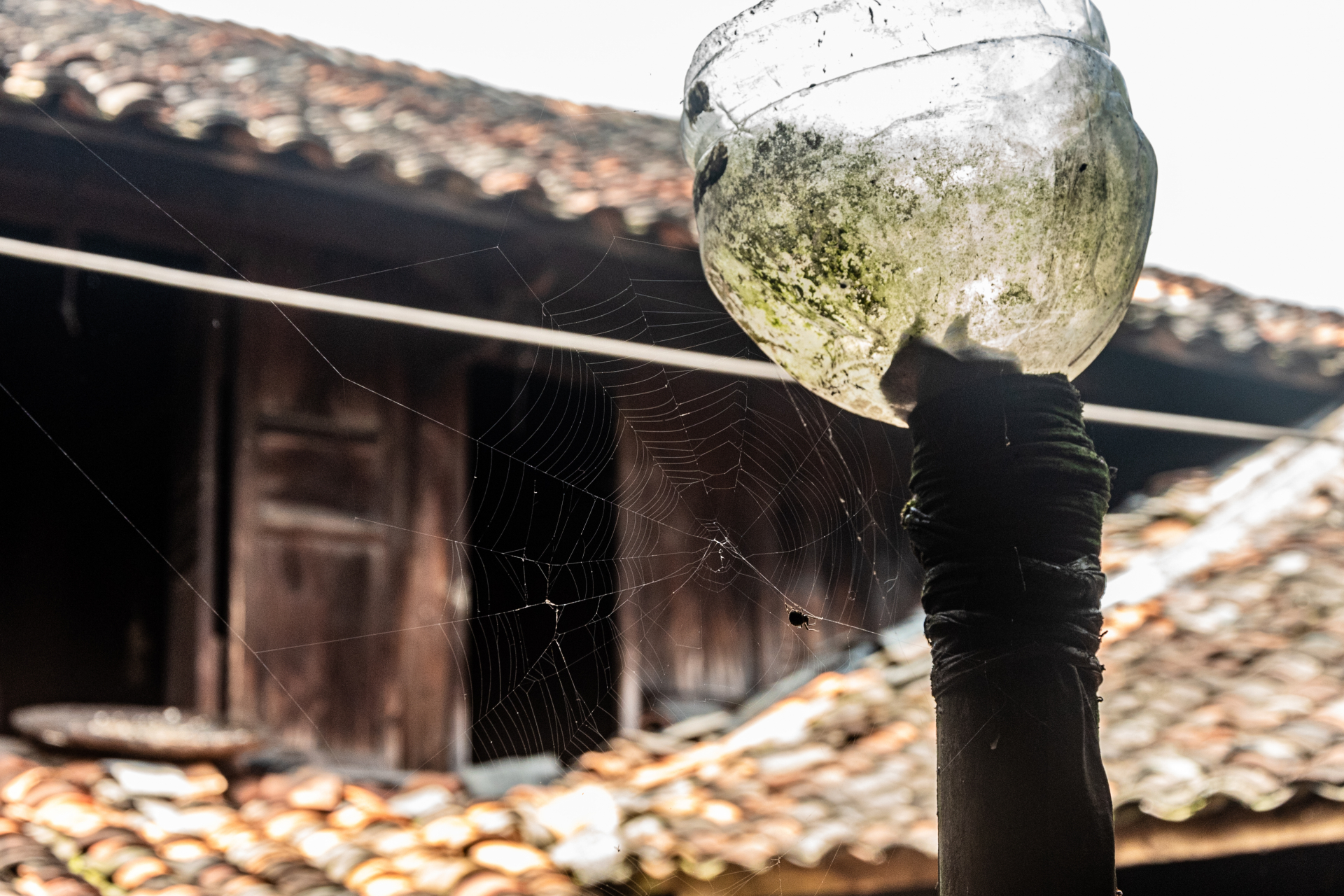






READER COMMENTS